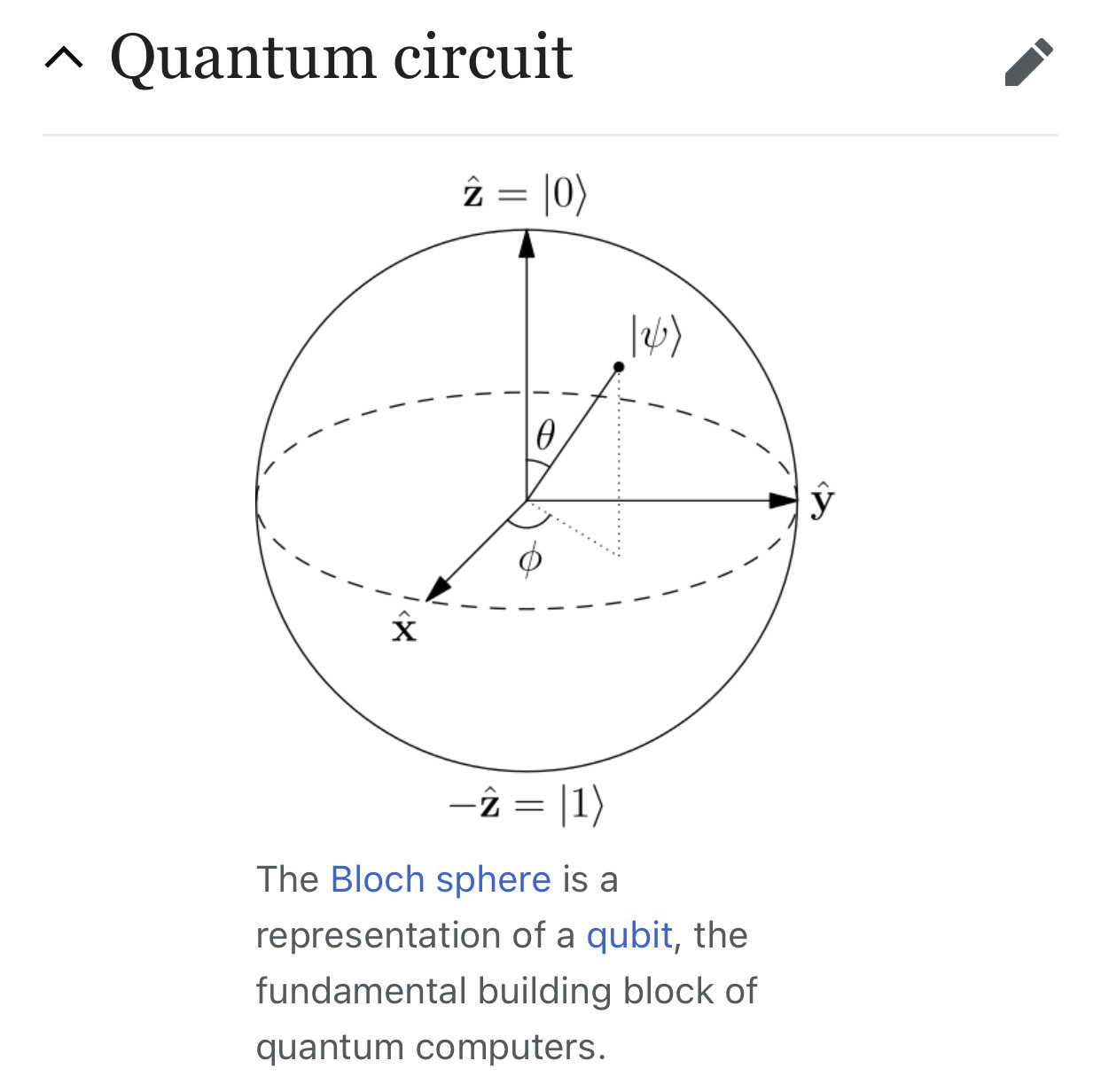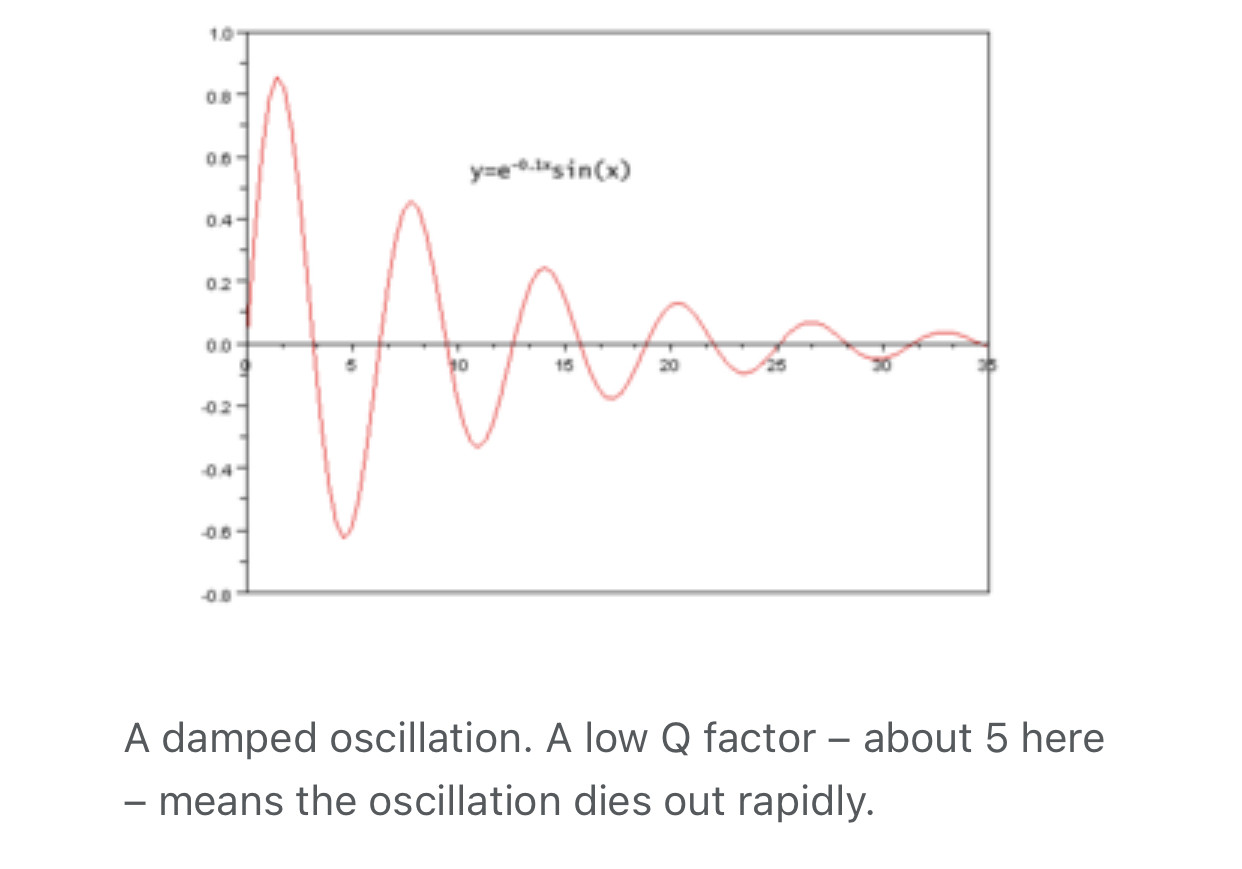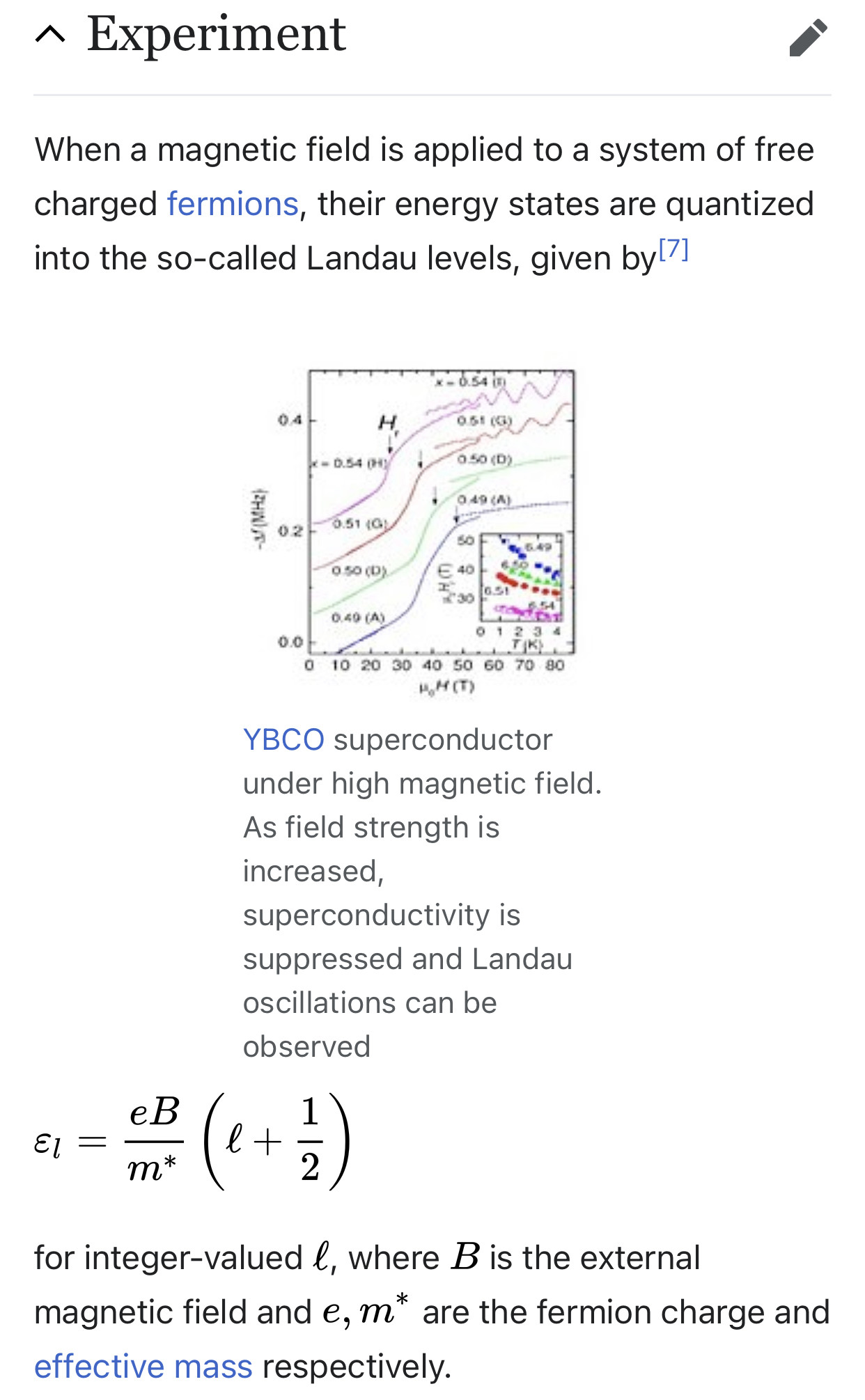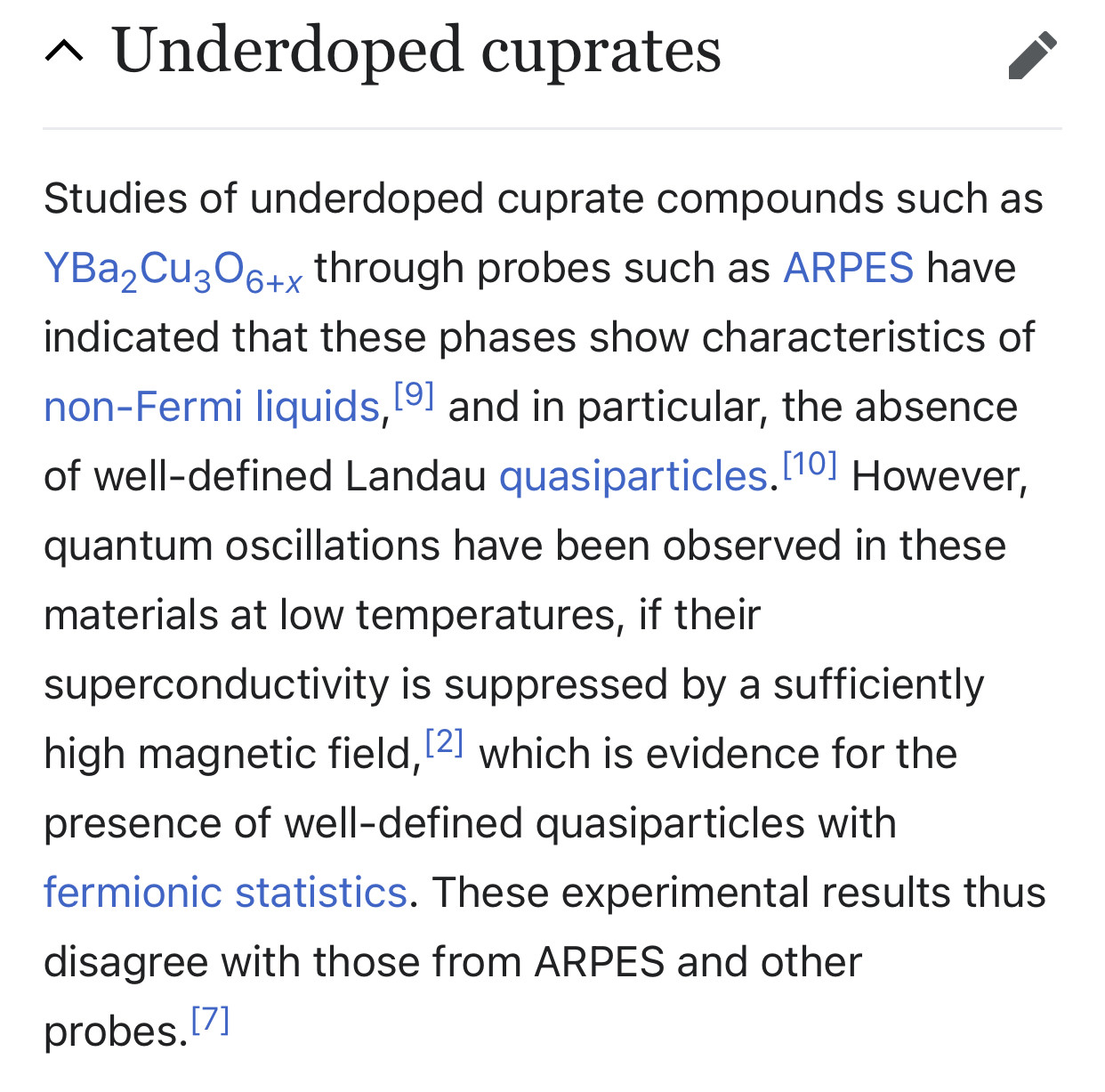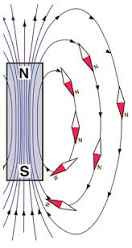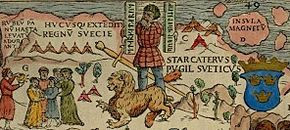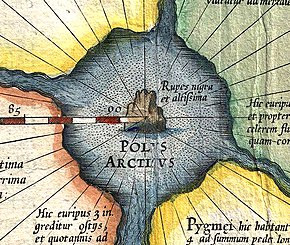Have they locked up Joe Biden for cheating yet?
What about the corrupt Hillary Clinton?
Or even Prince Andrew?
If not why not because nobody is above the law.
Red-pilled and mind-blown by Eustace Mullins books, once upon a time... One foot down the rabbithole, one foot on The High Road.
Wide?
In April 2019 he was assigned to investigate the origins of the FBI's investigation into Russian interference in the 2016 United States elections...
Red-pilled and mind-blown by Eustace Mullins books, once upon a time... One foot down the rabbithole, one foot on The High Road.
fifty-fifty chance
An equal chance of one of two results occurring. Refers to a 50% probability. When I flip this coin, there is a fifty-fifty chance that it will land on heads.
Probability is the branch of mathematics concerning numerical descriptions of how likely an event is to occur, or how likely it is that a proposition is true. The probability of an event is a number between 0 and 1, where, roughly speaking, 0 indicates impossibility of the event and 1 indicates certainty.
In quantum computing, a qubit (/ˈkjuːbɪt/) or quantum bit is the basic unit of quantum information—the quantum version of the classic binary bit physically realized with a two-state device. A qubit is a two-state (or two-level) quantum-mechanical system, one of the simplest quantum systems displaying the peculiarity of quantum mechanics. Examples include the spin of the electron in which the two levels can be taken as spin up and spin down; or the polarization of a single photon in which the two states can be taken to be the vertical polarization and the horizontal polarization. In a classical system, a bit would have to be in one state or the other. However, quantum mechanics allows the qubit to be in a coherent superposition of both states simultaneously, a property that is fundamental to quantum mechanics and quantum computing.
Quantum computing relies on quantum bits, or “qubits”, which can also represent a 0 or a 1. The crazy thing is, qubits can also achieve a mixed state, called a “superposition” where they are both 1 and 0 at the same time. This ambiguity – the ability to both “be” and “not be” – is key to the power of quantum computing.
maybe
perhaps; possibly.
“To be, or not to be, that is the question”
"To be, or not to be" is the opening phrase of a soliloquy given by Prince Hamlet in the so-called "nunnery scene" of William Shakespeare's play Hamlet, Act 3, Scene 1. In the speech, Hamlet contemplates death and suicide, bemoaning the pain and unfairness of life but acknowledging that the alternative might be worse.
Shakespeare’s Secrets: A Hidden Cipher in Literature’s Greatest Works?
by Kristin Davis (Vanderbilt University)
William Shakespeare has for centuries been considered one of the greatest literary figures of all time, but a secret cipher hidden within the very pages of his plays may tell an exceedingly different story, one of forbidden marriages, a forgotten prince, and most of all, the genius of one man: Francis Bacon.
Born in sixteenth century England, Sir Francis Bacon was not only Lord Chancellor of England under James I, but was also a brilliant philosopher (British Broadcasting Company, 2012). Though not appreciated in his time, one of Bacon’s greatest achievements was a simple cipher he incorporated in his written works called the Baconian cipher (Sherman, 2010). The Baconian cipher does not possess great strength against decryption; instead its immense power and intrigue resides in its ability to make mystery lie, or appear to lie, in everything.
While most ciphers’ strengths dwell in the difficulty of finding the key to unlock a pattern, the Baconian cipher’s power lies in the challenge of uncovering its existence (Sherman, 2010).
In condensed matter physics, Quantum oscillations describes a series of related experimental techniques used to map the Fermi surface of a metal in the presence of a strong magnetic field.
These techniques are based on the principle of Landau quantization of Fermions moving in a magnetic field. For a gas of free fermions in a strong magnetic field, the energy levels are quantized into bands, called the Landau levels, whose separation is proportional to the strength of the magnetic field. In a quantum oscillation experiment, the external magnetic field is varied, which causes the Landau levels to pass over the Fermi surface, which in turn results in oscillations of the electronic density of states at the Fermi level; this produces oscillations in the many material properties which depend on this, including resistance (the Shubnikov-de Haas effect), Hall resistance, and magnetic susceptibility (the de Haas-van Alphen effect). Observation of quantum oscillations in a material is considered a signature of Fermi liquid behaviour.
Quantum oscillations have been used to study high temperature superconducting materials such as cuprates and pnictides. Studies using these experiments have shown that the ground state of underdoped cuprates behave similar to a Fermi liquid, and display characteristics such as Landau quasiparticles.
In 2021 this technique has been used to observe a predicted state called "electron-phonon fluid", a similar particle-quasiparticle state already known is the exciton-polariton fluid
When the external magnetic field
B is increased in an isolated system, the Landau levels expand, and eventually "fall off" the Fermi surface. This leads to oscillations in the observed energy of the highest occupied level, and hence in many physical properties (including Hall conductivity, resistivity, and susceptibility). The periodicity of these oscillations can be measured, and in turn can be used to determine the cross-sectional area of the Fermi surface. If the axis of the magnetic field is varied at constant magnitude, similar oscillations are observed. The oscillations occur whenever the Landau orbits touch the Fermi surface. In this way, the complete geometry of the Fermi sphere can be mapped.
"External magnetic field(s)" are magnetic fields that affect an electron microscope from the outside. Measures to prevent an adverse influence of the external magnetic fields on the instrument performance are needed. The tolerable external magnetic field for the installation of the electron microscope is 1 mG or less.
Earth's magnetic field, also known as the geomagnetic field, is the magnetic field that extends from the Earth's interior out into space, where it interacts with the solar wind, a stream of charged particles emanating from the Sun.
In the midst of the four countries is a Whirl-pool, into which there empty these four indrawing Seas which divide the North. And the water rushes round and descends into the Earth just as if one were pouring it through a filter funnel. It is four degrees wide on every side of the Pole, that is to say eight degrees altogether. Except that right under the Pole there lies a bare Rock in the midst of the Sea. Its circumference is almost 33 French miles, and it is all of magnetic Stone [Jacobus Cnoyen] years ago.
The Rupes Nigra ("Black Rock"), a phantom island, is believed to be a 33-mile-wide black rock (Mercator actually describes the rock's circumference as 33 "French" miles) located at the Magnetic North Pole or at the North Pole itself. It purportedly explains why all compasses point to this location. The idea comes from a lost work titled Inventio Fortunata, and the island features on maps from the sixteenth and seventeenth centuries, including those of Gerardus Mercator and his successors. Mercator describes the island in a 1577 letter to John Dee:



